|
|
ADDRESS AT THE FUNCTION HONOURING PROF CHINTAMANI NAGESA RAMACHANDRA RAO AT IISc, BANGALORE
20-08-2005 : Bangalore
Excellence in Science
I am delighted to participate in the function honouring Prof CNR Rao. My greetings to the Government of Karnataka, scientists, technologists, academic community, business leaders and distinguished guests. I have known Prof Rao for over two decades. I have visited Prof. Rao's laboratory JNCASR which is a modern institute of higher learning and is a jewel in the crown of our nation filled with many great institutions of Scientific Research. It has shown in such a short time, how we can create in this country an institute that pursues world class research where both the young and the mature can coexist, work in a focused way to further the frontiers of our quest to understand science.
Nano science research
Prof CNR Rao has been a symbol of sustained excellence in science in this country for over four decades. His personal contributions span many areas in the frontiers of Chemistry and have often opened newer research areas. More recently, Prof. CNR Rao's research team at the Jawaharlal Nehru Centre for Advanced Scientific Research (JNCASR), in collaboration with researchers at the Indian Institute of Science (IISc), Bangalore, has developed inorganic nanotubes and nanowires. In another related development, a bamboo cone nanotube has also been fabricated. These nanotubes, which were first discovered in 1990, have potential applications in electronics. By making bundles of nanotubes, it is possible to have highly efficient electronic display and flat-bed displays in TVs. The social revolution that this research of Prof CNR Rao would make is something that the world in general and India in particular will be proud of for many years to come- that science is not only a way of life but also a path to better life and prosperity.
Another interesting lead from Indian scientists is in the area of nanotubes of the junction 'Y' type. This manipulated version can be used as a transistor. We can have a large number of Y or T-junction nanotubes or nanochips that have the properties of a diode and explore the potential applications. The world of computers would never be the same if this research starts to see the light on the other side of the tunnel ? a tunnel that leads to the world of technology.
When I think of Nanoscience and Nanotechnology, I am reminded of three personalities. First person is Richard Feynman, who described the concept of 'building machines" atom by atom in his talk at Caltech titled "There is plenty of room at the bottom". The second person is Eric Drexler, who wrote the book titled 'Nano Systems, Molecular machinery, manufacturing and computation". The third person is Prof. CNR Rao, who is pioneering and fostering the nano science research in India.
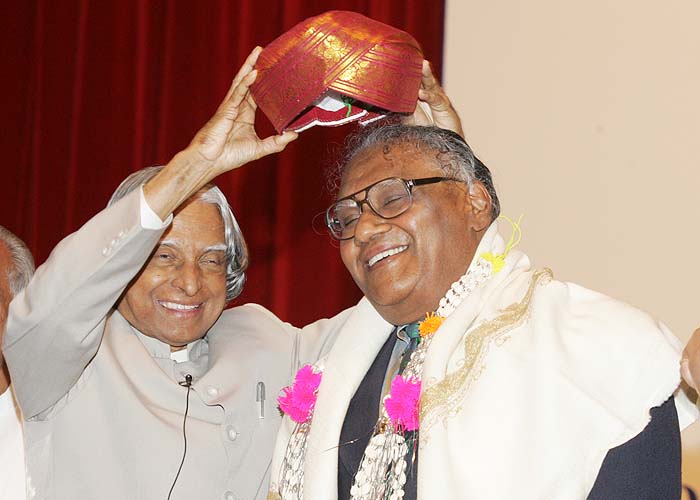

Solidstate chemistry to material chemistry
Prof CNR Rao has been rightly awarded the prestigious India Science Award for his outstanding contribution to science and the Dan David Science Prize for 2005 by an Israel based foundation. The citation of which states that Prof Rao is the world's foremost solid state and materials chemist. His work on transition metal oxides has led to basic understanding of novel phenomena." He was among the first to see potential in solid state chemistry, an unrecognized, non-existent subject in India. Concern about the differences in Stoichometry in materials and compounds led to the study of solid state chemistry. During the 80's it heralded the discovery and synthesis of high temperature super conducting compounds. In the present decade, it enables the synthesis of nano tubes and nano materials. The solid state chemistry has now become the material chemistry.
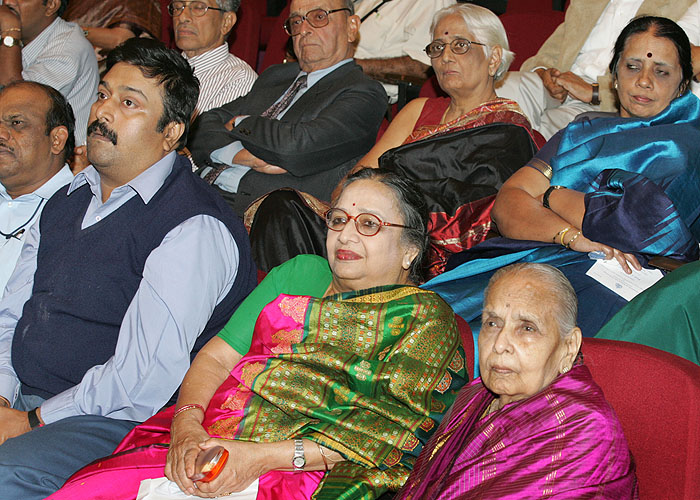

S&T Policy
As the Chairman of the Scientific Advisory Committee to the Prime Minister, Prof. Rao, can evolve Science and Technology Policy which will enable:
a) India to become technologically advanced and be importer of talent instead of an exporter of talent.
b) Deployment of technology to promote quality life for the billion people and ensuring supply of (i) quality air, water, power and soil (ii) quality health care and education (iii) free flow of information and access to knowledge.
c) Application of technology to uplift 260 million people living below the poverty line by providing maximum employment opportunities by matching skills.
d) Ensure that the policy is output driven to optimum utilisation of public investments in science and technology and there by realize strategic outcome and competencies identified by various sectors.
e) Enable utilisation of indigenous strengths (including in medicine) for making India a part of the self-reliant advanced world.
Prof CNR Rao did not accept the traditional division between Chemistry and Physics. He was interested in the border areas between the two subjects. He foresaw the eventual end of a sharp division between physics and chemistry which has come through now. During the last few years Prof Rao has undertaken a mission of popularizing chemistry among school children. He has addressed thousands of students and teachers in different parts of the country from Siliguri to Thiruvananthapuam. He has a unique way of mesmerizing the audience.
Prof CNR Rao not only built institutions of great impact in the Indian Science but also built and encouraged an array of young scientists. His ability to spot talents even before the talented themselves have noticed it, for over four decades now, had been a singular contribution of Prof CNR Rao in building Indian Science. Those who were touched by his generosity and nurtured by his wisdom, today occupy the best of positions across the country and continue to guide the nation?s destiny to development through science and technology. His passion for the youth is well known.
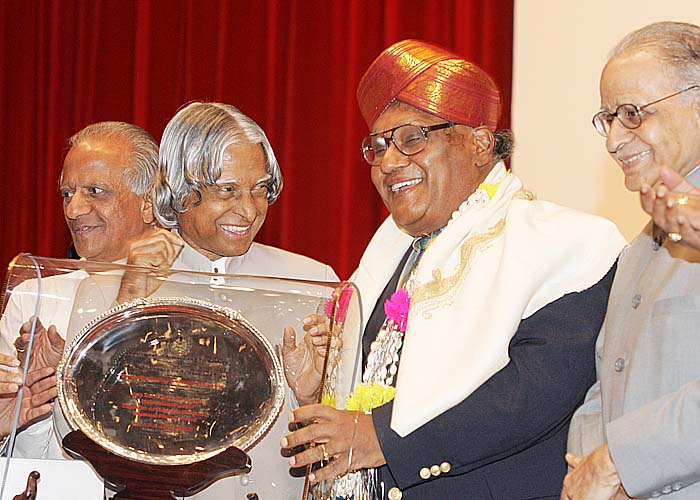

Science is a life time mission
Recently I was reading the book, "Einstein's and Cosmos". Einstein realized the intensity of the problem of generalizing his theory of relativity to include acceleration and gravity. He began to call the earlier theory of 1905 the special theory of relativity "to differentiate it from the more powerful general theory of relativity" that was needed to describe the gravity. When he told Max Planck of his ambitious programme Planck warned him "As an older friend I must advise you against it for in the first place you will not succeed, and even if you succeed, no one will believe you". But Planck also realized the importance of the problem when he said; "If you are successful, you will be called the next Copernicus". In fact Einstein was successful; he became the greatest scientist of 20th century in his own right. India is awaiting the great day when Prof CNR Rao achieves the world?s greatest recognition.
The searching mind of Prof Rao, striving in the field of chemistry has worked and worked round the clock for 50 years to fathom the chemistry of the matter and material. I feel when the intensity of the research increases mind becomes lonely but the whole universe is friendly to that mind and conspires to give the best to those who dream. The unique characteristic of Prof. CNR Rao is that he is at home in the company of best of minds. When the nation?s economic development is in the ascent phase the demand for contribution from science is proportionately high. One reason is whenever the developing nation competitively and economically challenges the developed nations, many unique technologies necessary for development will be denied.
Technology is the non-linear tool available to humanity which can affect fundamental changes in the ground rules of economic competitiveness. Science is linked to technology through applications. Technology is linked to economy and environment through manufacture. Economy and environment linked to technology promotes prosperity to the society.
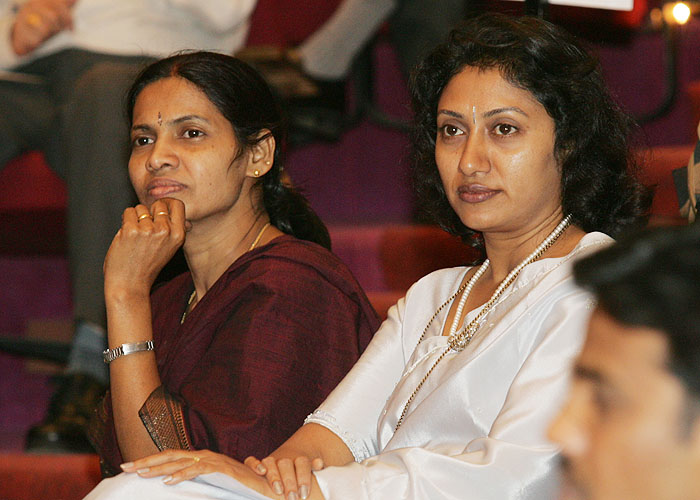

Environment for creativity
I have lived in this campus of Indian Institute of Science, I have walked and walked in this campus, somehow I felt in the campus environment all around ideas are floating in the space environment and of course certain minds will capture the ideas and develop further. Sir CV Raman, would have done in this campus, Prof. Vikram Sarabhai would have done in this campus, Homi Babha would have done in this campus, Prof. CNR Rao is doing this in this campus.
In this beautiful environment such as this campus creates beautiful minds. Beautiful minds generate creativity. Creativity is the foundation of science.
I take this opportunity to congratulate Prof CNR Rao for achieving several national and international recognitions which include the recent award of Dan David Prize and the India Science Award. I consider that by giving these awards to Prof CNR Rao the stature of the awards have been enhanced. India is proud of Prof. CNR Rao. When we celebrate the greatness of Prof CNR Rao, we should not forget to acknowledge the silent contributions of his wife Mrs Indumati Rao and their children.
My greetings to Prof. CNR Rao and his family. My best wishes to all of you. May God bless you.
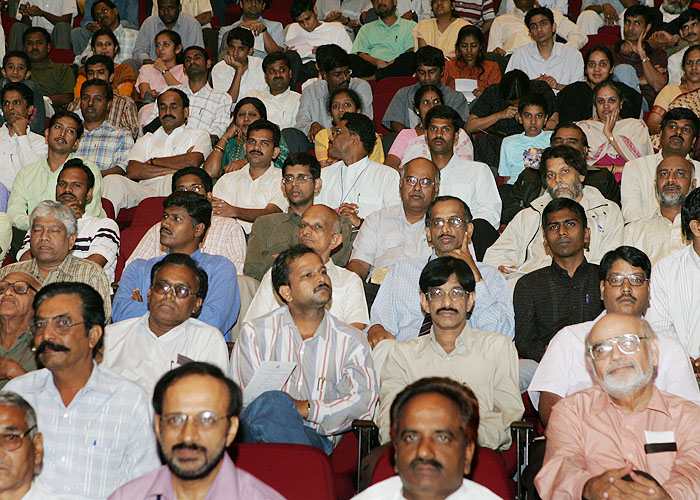
<<Back
|
|